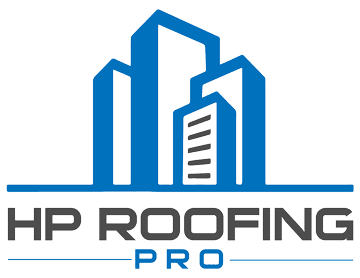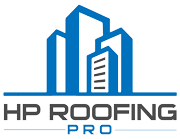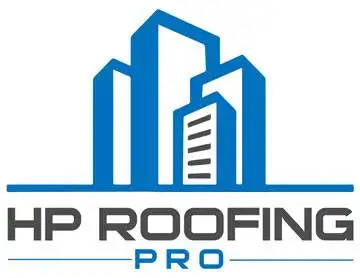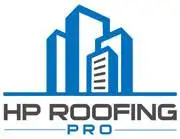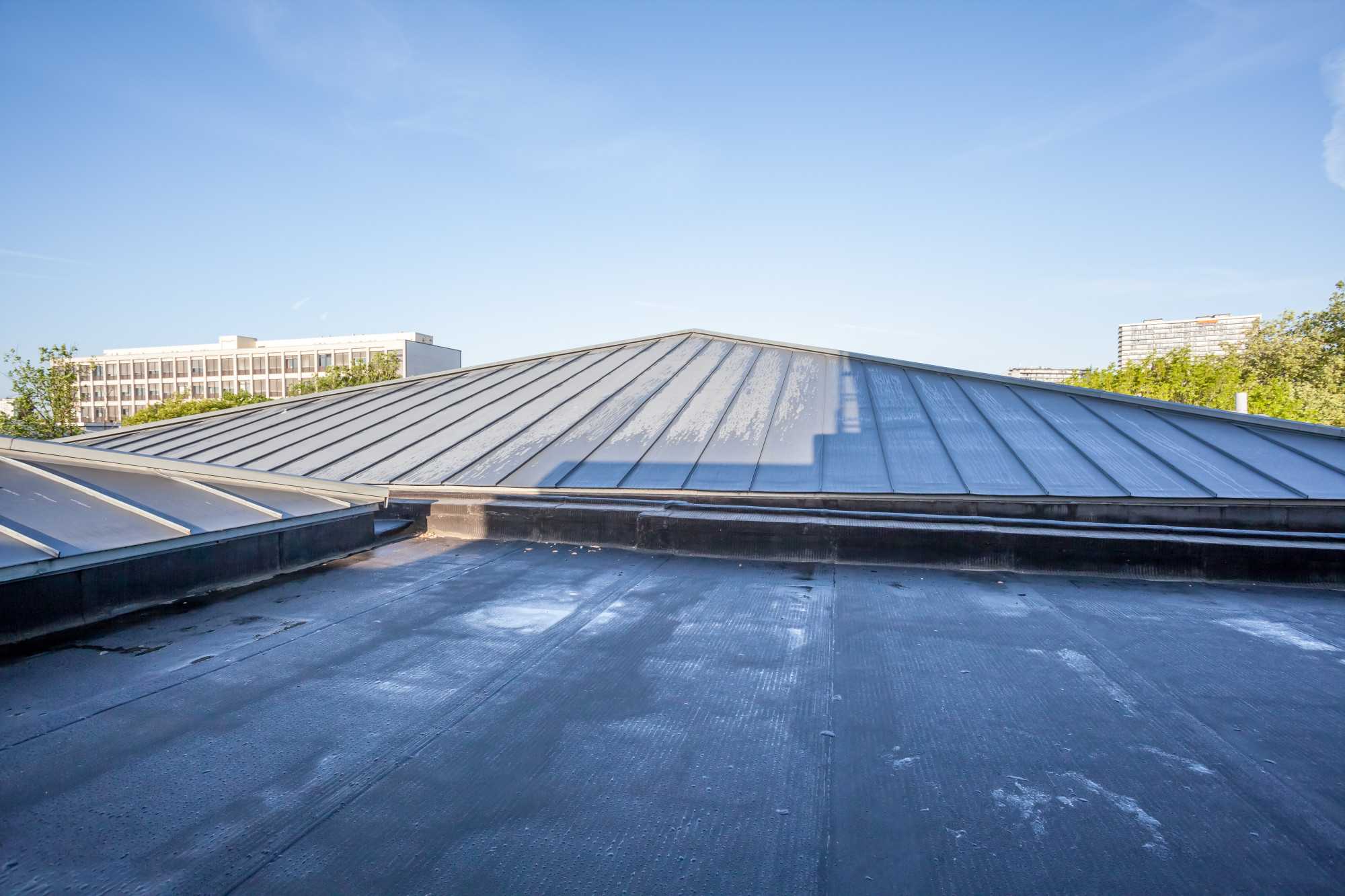Mon - Fri 7:00 am - 4:30 pm
601 South Palm Avenue, Alhambra, CA 91803
Posted by thomas ferriere No Comments on Commercial Roof Inspection Checklist: What to Expect From Professional Services Roofing
Commercial Roof Inspection Checklist: What to Expect From Professional Services
The total market size for roofing contractors in the U.S. should reach an astounding $45.9 billion in 2021.
The evidence is here that a new generation of commercial roofing needs attention from local professionals.
Are you in the same boat as other business owners in 2021? Do you feel like you’re always throwing water overboard to stay afloat? What should you expect during a commercial roof inspection from a trustworthy contractor anyway?
Relieve the anxiety today by reading this article, creating a commercial roof inspection checklist, and finding the best options for your needs.
Inspect the Flashing
The flashing of any commercial roof is the thin metal surrounding the roof’s skylights, chimneys, and vents. It exists to lead water away from the places where it could cause the most damage. When heavy rainfall occurs, the flashing whisks the precipitation from where it’s possible to create leaks into the roof deck.
Look for cracks where water could enter, especially at points where it transitions from flat to vertical. Peeling, cracking, or pitted caulking are signs of degradation also.
Look for Standing Water
When the drainage system for your commercial roof becomes clogged, you’re likely to find ponds of water. If you notice discolored stains near drains, that’s a sign that standing water remained unnoticed. It’s crucial to know what underlying damage may have occurred.
If you find water on the roof before your inspection, remove it as soon as possible. Take pictures to send to a contractor and do your best to discover how long the damage has existed.
Clean Debris from the Roof
A commercial roof littered with debris from nearby trees is likely to have drainage issues somewhere in its delicate system. Remove the leaves, branches, or animal nests right away, and take note of what you found. Share that information with your contractor to organize a maintenance plan specific to your location.
Debris on your commercial roof is more than an indicator of problems: it’s another task to add to any checklist. Allowing bird nests or other animals to settle in can attract more issues down the road.
Inspect the Gutters and Downspouts
If you find standing water on your roof that ponds around a drain, check the gutters and downspouts next. If they’re not doing their job for something like an asphalt roof, expensive damage can happen between inspections.
If you haven’t already, establish a regular schedule for inspecting and cleaning the gutter system. Being honest about the current state with your contractor will go a long way.
Inspect the Roof Field for Cracks and Tears
The “roof field” refers to everything on your roof that’s not in the perimeter or flashing. The membrane of commercial roofing systems may show signs of tearing along the deck.
Cuts can exist that aren’t obvious to the naked eye. When in doubt, make sure to ask a contractor about a flood test to discover the source of a leak.
Your Contractor’s Roof Inspection Checklist
Now that you’re prepared to get the most out of an inspection, what should you expect? Keep reading to find out why your checklist matters to a local contractor.
Interior Roof Inspection
Do you know the interior of your building’s roof better than the back of your hand? Unfortunately, a local contractor won’t either until they’ve taken performed a proper inspection. Take the representative to locations with discoloration on the ceiling or suspected leaks right away.
After discussing the known problem areas, a trip to the attic should happen next. Don’t accept an inspection as completed before this happens. A contractor can’t understand the challenges from top to bottom unless they also check for ventilation, mold, and proper insulation.
Exterior Roof Inspection
Even if you have shared pictures and information from your checklist, a contractor should insist on completing a professional external inspection. They will look for the issues above, and the following:
- Failing repair jobs
- Clogs in drainage pipes
- Damage to the roof’s exterior
- Ice dams or the potential for them to form
- Poor ventilation in the roof’s air intake system
- Defective or improper flashing that needs repair
A contractor may suggest additional testing after the first inspection. If leaks exist that don’t have an immediate explanation, a reputable business will want to know the source before placing a bid.
Bidding Process
A professional commercial roofing contractor will give you a written estimate with recommendations and details about the materials. A reputable business will be eager to share references that will sell you on their services and provide realistic expectations. The cost of commercial roof inspection services should only be around $150 to $500 unless it’s a complicated job.
Benefits of a Commercial Roof Inspection
Are you debating when to get a roof inspection? It’s never too early to have a professional look. The unfortunate truth is that most contractors don’t receive a call until panic takes hold.
You don’t want to wait too long and have a much more expensive investment on your hands. The proven benefits of getting a commercial roof inspection include:
- Extending the life of the roof
- Early detection of pricey problems
- insurance claims for repairs
- New maintenance plans that cut costs
The benefits of getting a commercial roof inspection protect your investments and bottom line. Roof inspection services may feel like a burden at first, but your bank account will thank you later.
Do You Need a Commercial Roof Inspection?
Once you understand what to expect from commercial roofing professionals, you can find one that aligns with your needs. That process begins with starting your checklist and watching for the signs of a reputable contractor.
Now that you know what to expect from a commercial roof inspection, what are the next steps? What can you do if you have more questions?
For answers to anything you want to know, contact us through our website, or give us a call today at 909-521-1285.
Recent Posts
Categories
Recent Posts
Solar Leasing vs. Buying: What’s Best for Your Business?
Do you have any questions?
Contact us at The HP Roofing PRO office or submit a business inquiry online
Contact Us